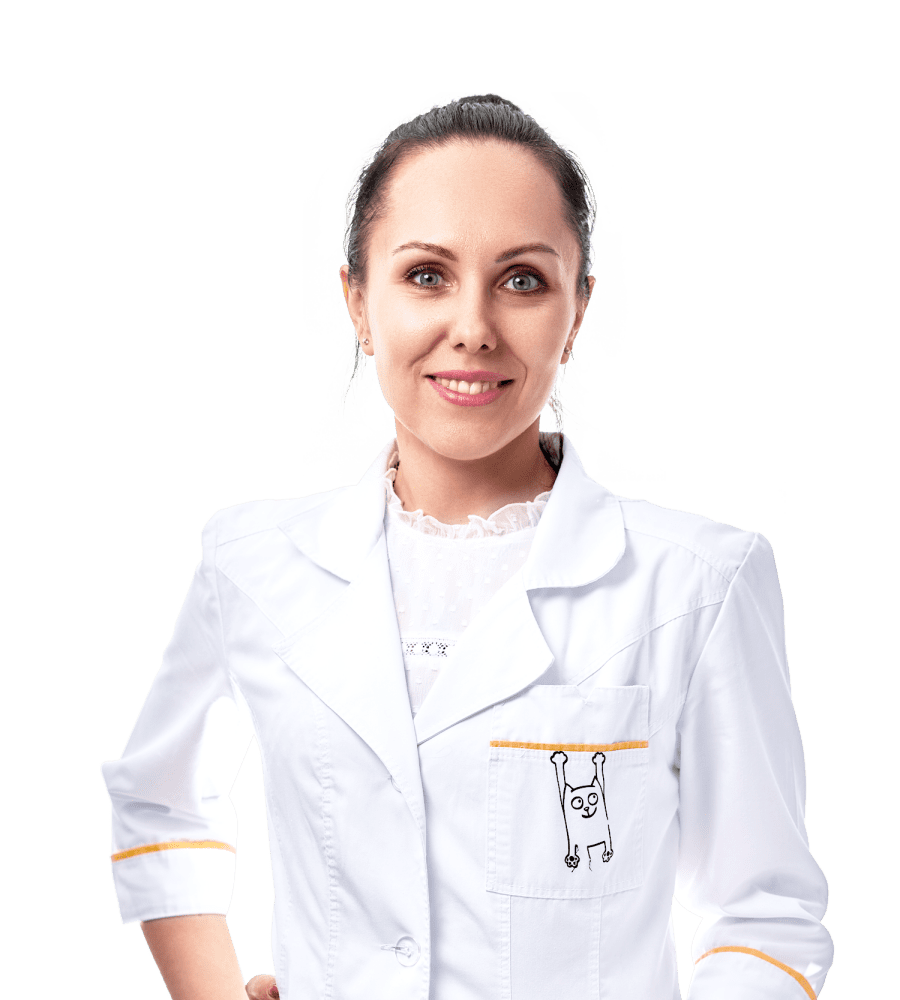Brain electroencephalogram for children in Kharkov
Список выбранных услуг
Для добавления услуг с других отделений нужно закончить текущую запись.
The specialists in the sphere of neurological diseases often deal with a need to test patient's brain functioning. One of the methods widely used nowadays for this purpose is electroencephalogram (EEG).
What is brain electroencephalogram
EEG helps to examine functional state of brain by means of electroencephalograph and to obtain examination results as electroencephalogram – curves depicted on computer monitor or paper and showing the activity of different brain zones.
Each such diagram is an apparatus recording of electrical signals generated and transmitted by neurones of the definite brain area. Examining their force and frequency able to change at definite factors, doctor can make conclusions regarding the functioning of patient's brain.
What does head electroencephalogram show?
Attending doctor needs head electroencephalogram for the following purposes:
- to determine affected brain areas and to estimate its general activity;
- to detect epilepsia or underlying risk for this disease;
- differentiation of epileptic and non-epileptic attacks;
- identification of epileptic focuses;
- to monitor patient's well-being during the period of medicine administration;
- to determine brain malfunctioning in remission.
Interpretation of electroencephalogram can be complicated by the fact that nervous system of young patient is in the state of active aging. And EEG indicators can be interpreted differently depending on the child's age and state of health. There are high-amplitude electroencephalogram and low-amplitude electroencephalogram. The last one is a normal variant and is usual for the fifth part of examined persons.
Danger of EEG for a child
This method is not only popular and affordable, but also effective, highly precise, informative and unique. It helps to obtain data impossible to get by other methods – to record biological flows of brain. Moreover, in some cases it identifies pathology nidus faster than by other monitoring methods.
EEG is among noninvasive methods that is why it causes no discomfort and can do no harm to patient's health, even to the littlest one.
The procedure has almost no contra-indications.
Restrictions for EEG monitoring of a child are the following:
- skin defects in electrodes installation zone;
- traumatic injuries of head skin;
- fresh post-surgical sutures;
- rashes or infection processes on skin cover of hairy part of the head.
EEG shall be performed with great care for patients with psychosocial disabilities. It is difficult for them to stay calm during the procedure, to show adequate reaction to apparatus standing nearby and sensors installed on the head.
The preparation for electroencephalogram is as follows:
- little patient avoidance of caffeinated drinks and chocolate 12 hours before EEG;
- cancellation of intake of anti-epileptic and invigorative drugs (as agreed by doctor);
- light food intake one-two hours before the planned examination.
It is important to give explanatory talk to a child telling him about the examination process and painless nature of procedure. It is worth to train to breath deep, to twinkle eyes – it will come useful in case the doctor decides to conduct provocative tests (he may ask a patient to breath deep and frequently, to open and close eyes, apply flashlight). A patient should come to monitoring with clean hair, remove hair accessories, earrings.
When is electroencephalogram ordered for children?
The procedure has no age restrictions that is why it can be used for monitoring of brain activity both for the littlest patients, and for older children.
EEG disadvantage is a possible misrepresentation of its results due to the following reasons:
- instable emotional state of a child at the moment of diagnostics;
- mobility of a patient for whom it is difficult to stay calm due to his age;
- starvation and thus decrease of blood glucose level affecting brain functioning;
- chronic diseases of visual apparatus.
Brain electroencephalogram may be indicated for children in the following cases:
- regular headaches, dizziness, faintness, idiopathetic сonvulsions;
- epileptic seizures;
- dropsy of brain;
- sleep disturbances and insomnia;
- instability of arterial tension;
- brain traumas;
- during post-surgery period after neurosurgery interventions;
- suspicion on formations in brain;
- infectious diseases – meningitis, encephalitis;
- neuroses, nervous tic;
- stammering;
- delay in speech or psychological development;
- decrease of mental activity, memory corporals;
- attacks of groundless aggression;
- autism, Down's syndrome, ICP.
Where to perform electroencephalogram for a child in Kharkov?
EEG for a child can be done in Kharkiv at medical centre "ON Clinic Kharkiv ". Our institution performs examinations on the most advanced apparatus – 24-channel computer electroencephalographic complex. Functional diagnostics specialist performing the procedure has high qualification and sufficient experience. He will help you to prepare your child properly for the upcoming diagnostics and assure comfort for a little patient during the procedure. Doctor will issue a conclusion within 24 hours after monitoring. You can make appointment by calling us at the phone number specified on the site of medical centre.
| Название | Цена |
| 700 uah | |
| 700 uah |
The cost of appointments pediatric neurologist in Kharkiv
Pediatric neurologist in Kharkiv at address:
Kharkiv,
- On map
- Aeropanorama
Список выбранных услуг
Для добавления услуг с других отделений нужно закончить текущую запись.




